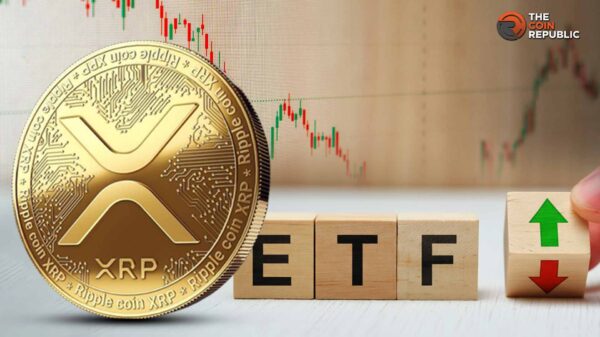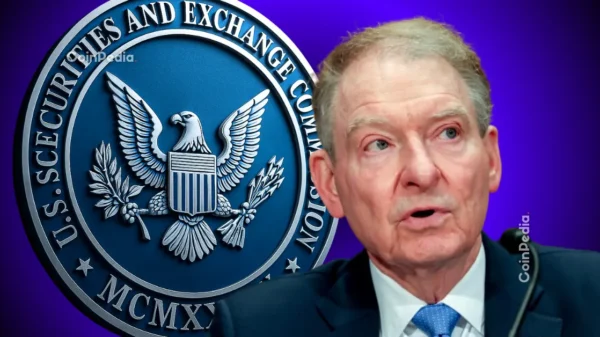Bitcoin has plummeted to its lowest value in six months, coinciding with a significant decline in confidence regarding the Federal Reserve”s potential interest rate cuts in December. This downturn is exerting considerable pressure on both the stock and cryptocurrency markets.
As the government resumes operations following a prolonged 43-day shutdown, investors are bracing for a week filled with crucial economic data. Following a recent 25-basis-point rate cut in September, major financial institutions such as J.P. Morgan had forecasted two additional rate reductions in 2025 and one more in 2026. However, the likelihood of further cuts this December has decreased markedly, with the odds now recorded below 45% according to the CME FedWatch tool.
The current sentiment among Federal Reserve officials reflects a growing concern over persistent inflation. Kansas City Fed President Jeff Schmid recently expressed that inflation levels remain problematic, suggesting that maintaining current rates might be more prudent as the Fed approaches its December meeting. He noted that the challenges in the job market are likely to be long-term issues influenced by technological advancements and immigration patterns, asserting that rate cuts alone cannot resolve these problems.
Similarly, Dallas Fed President Lorie Logan indicated her reluctance to support another interest rate cut unless there is compelling evidence of a more rapid decline in inflation or a significant cooling of the labor market. These statements underscore the divisions within the Fed regarding the appropriate response to current economic conditions.
In light of tightening market liquidity, New York Fed President John Williams convened with leading Wall Street banks to discuss the central bank”s standing repo facility (SRF). This tool is designed to enable eligible financial institutions to swiftly convert their Treasuries into cash during periods of liquidity strain. Although the SRF was established in 2021, its usage has surged recently, raising questions about why firms are opting to borrow at higher market rates instead of utilizing Fed resources.
Looking ahead, the Fed may undergo significant changes in the coming year, particularly with the anticipated departure of Atlanta Fed President Raphael Bostic early next year, potentially allowing President Trump to influence the committee”s composition. Additionally, as Jerome Powell”s term concludes in May, and a Supreme Court ruling could enable the president to remove Fed Governor Lisa Cook, the landscape may shift further. Despite these uncertainties, many regional Fed presidents expected to join the committee next year maintain hawkish stances.
At present, the ambiguity regarding the Fed”s decision-making creates a cautious environment for investors, who remain vigilant about the implications of either a rate cut or a decision to maintain current rates. Historically, reductions in rates tend to be favorable for risk assets such as cryptocurrencies, as lower interest rates generally foster increased liquidity and a heightened risk appetite. However, if the Fed opts not to cut rates at its next meeting, it could catalyze a steep downturn in both stocks and cryptocurrencies, exacerbating the strain on already vulnerable markets.





































































